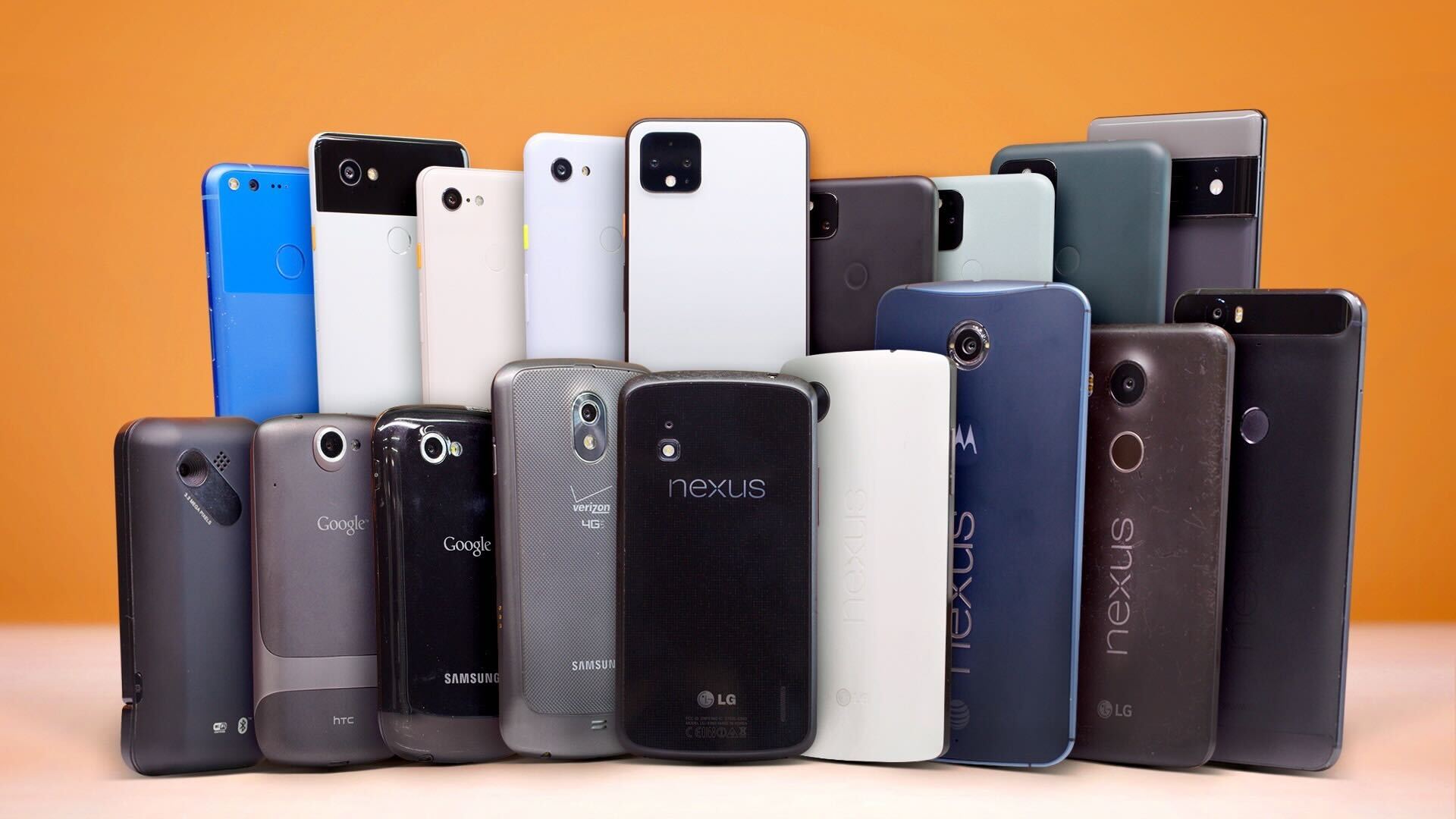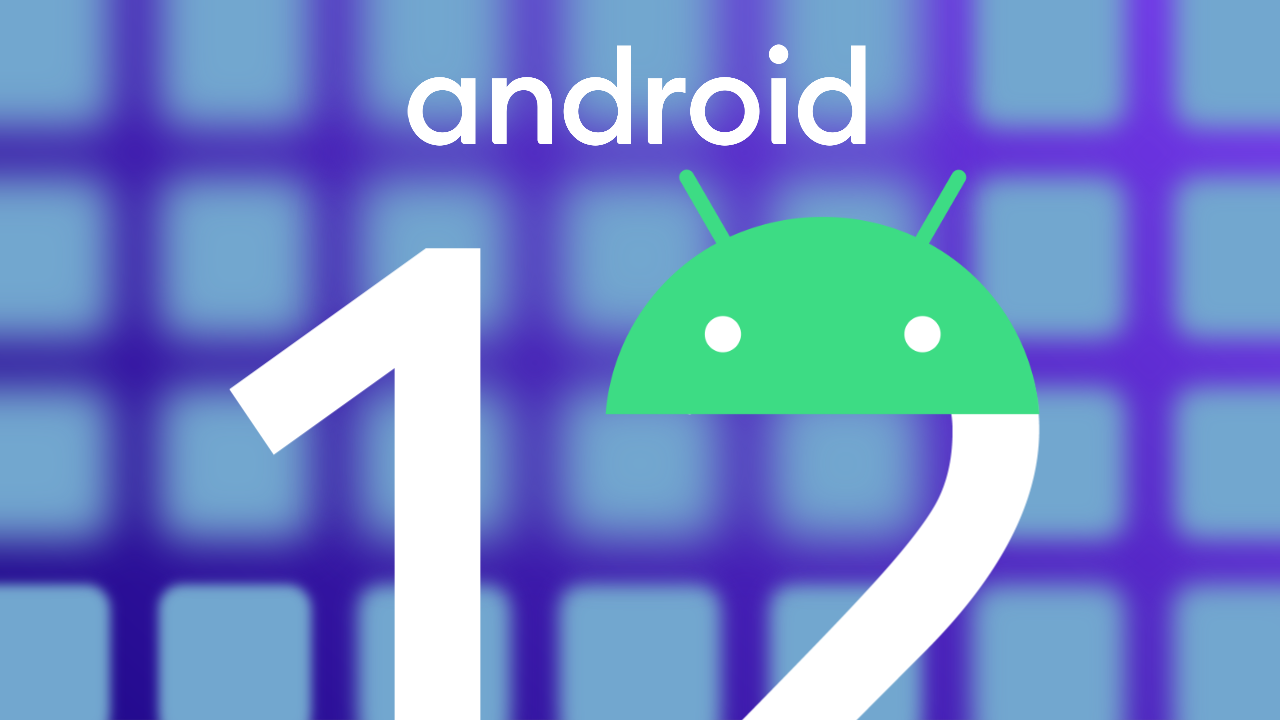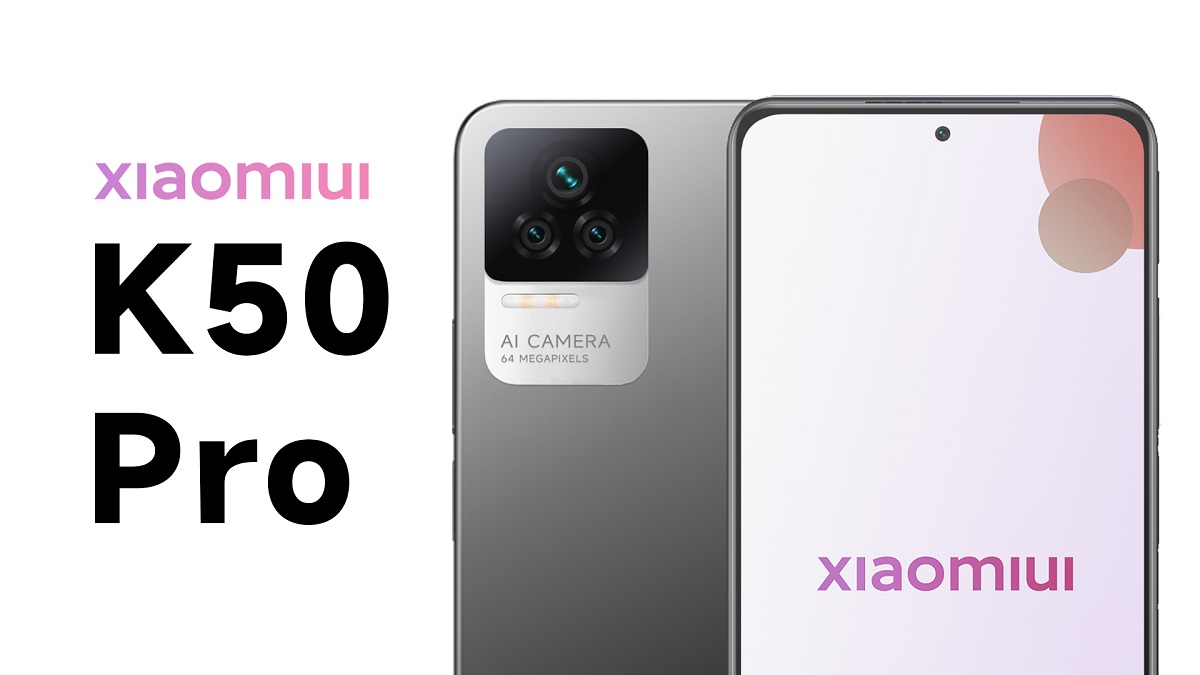AI guides all Google products
Google CEO Sundar Pichai’s opening topic is naturally the epidemic and human safety.
He mentioned that the epidemic has changed people’s lives in the past year, and Google has also made efforts to help people solve this challenge with technology.
In this keynote speech, the TPU V4 artificial intelligence chip was released, and more importantly, Google announced a series of products guided by its own AI technology. At the same time, it updated Android 12, Wear OS and other systems familiar to ordinary users.
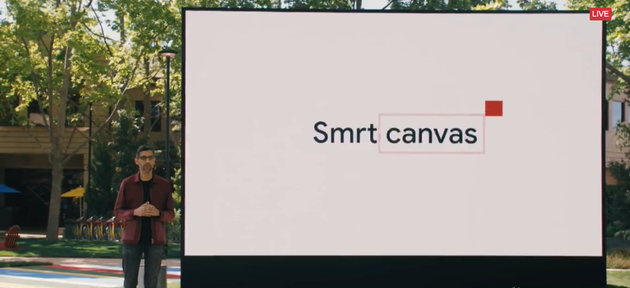
The first product at the opening was Google Maps, which added 150,000 kilometers of bicycle lanes when navigating the car.
Added “greener routes” and “safer routes”. The former is for the environment and the latter is for the safety of people, such as avoiding dangerous roads and so on.
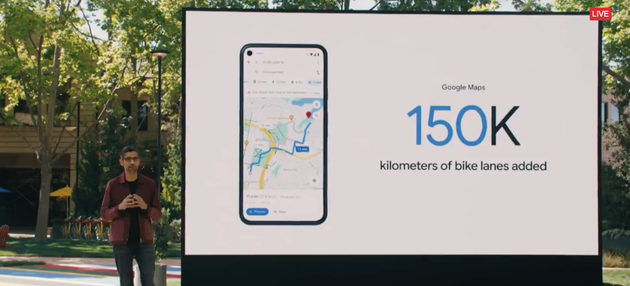
The second topic is education. Pichai talked about how Chromebooks (Google’s laptops) can help education during the epidemic, but the next point is the improvement of home office.
Today’s first brand-new product is Smrt canvas smart canvas, a collaborative office function that further integrates the offices of people scattered in various places for form documents, and these functions will be integrated into Google Docs in the future.
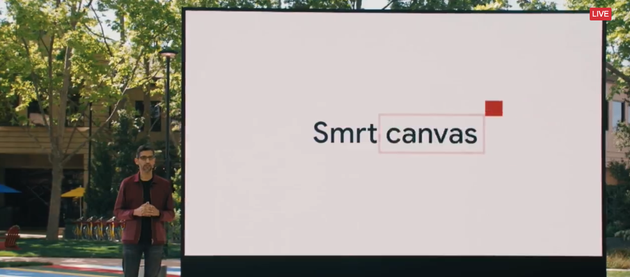
Google’s AI technology also functions in the details, such as noise reduction in online meetings, optimization of online videos, and so on.
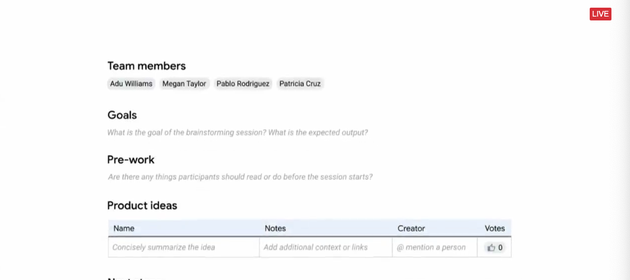
Google’s core competitiveness is still in the direction of AI and machine learning. After Pichai returned to the stage, he once again introduced their progress in image recognition and speech recognition.
He used an example to illustrate the “complexity of language”, such as “It’s really cold, it’s freezing to death.” It’s not really freezing to death.
This is the flexibility of human language and a familiar expression, but these make machine learning very confusing.

Google’s solution is called “LaMDA”, a language model for conversational applications. It is still under research and development, but it will soon be available for third-party testing.
Pichai’s example is a conversation between a man and LaMDA about Pluto, which seems to be very close to a conversation between two humans.
The concept of learning plays a vital role in this. LaMDA will continue to understand during the dialogue, let the subsequent dialogue continue, instead of interrupting each time, you need to learn what you are talking about again.
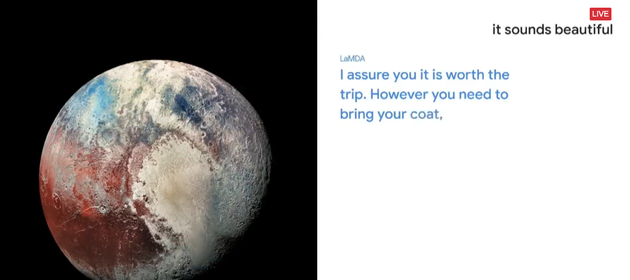
LaMDA’s current training method is still text, but Pichai said it will eventually be integrated into Google’s voice assistant Google assistan and other products, making some very vague words a reality.
For example, “find a beautiful mountain view route”, which actually calls the nearby location information and judges what is “beautiful”, and Google will integrate it into other products of its own in the future.
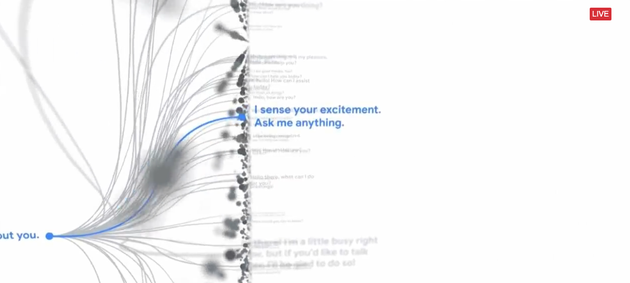
When it comes to machine learning training, Google also mentioned hardware. Its name is TPU V4, Google’s customized tensor processing unit (TPU) artificial intelligence chip.
It is currently the fourth-generation product, and Google claims that it is twice as fast as the previous version.
One pod can provide more than one exaflop of AI computing power.
These custom chips power many of Google’s machine learning services, but will also be provided to developers as part of its Google cloud platform.
In the video, Google also showed its quantum data center, which is still in the early stages. Due to material and experimental site limitations, quantum computing still needs to operate at extremely low temperatures.
Android 12 changes UI to establish privacy protection image
Finally, some users can understand the actual content, starting with the appearance.
Google overturned its own Material Design design style and renamed it Material YOU. The external performance is that the color is richer, and users can decide the color style of the UI part by themselves.

In addition to colors, some detailed dynamic effects have also been improved, such as wake up the screen, and some water ripples on the wallpaper.
Even when the phone is picked up, the screen will gradually light up with the direction in which the phone is lit.
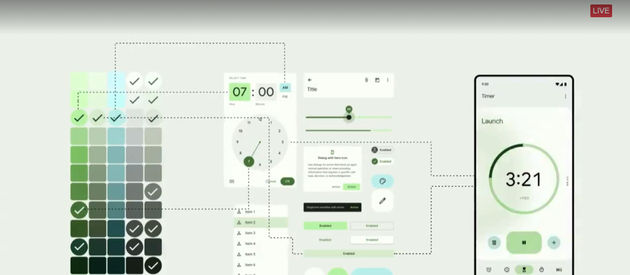
Of course, the appearance change is a very superficial improvement.
Google also talked about more security options, such as the privacy board, which is actually similar to Apple’s privacy permission list. Users can intuitively see which privacy has been invoked and can close it at any time.
All private data and processing are processed on the device side to protect user privacy.
From another perspective, Google hopes to use the new system to establish privacy-conscious images and let the user understand that these will not have a negative impact on the advertising business.
In addition to optimizing privacy control, Android 12 has indicators or indicators when an application accesses the phone’s camera or microphone. In fact, these have been implemented in iOS a year ago.
Google deliberately strengthened the ecological connection between its products. It specifically introduces the linkage between mobile phones and Chromebooks, such as photo transmission and sharing, mobile phones acting as remote controls, wireless car (Android Auto Wireless), mobile phone keys, etc.


